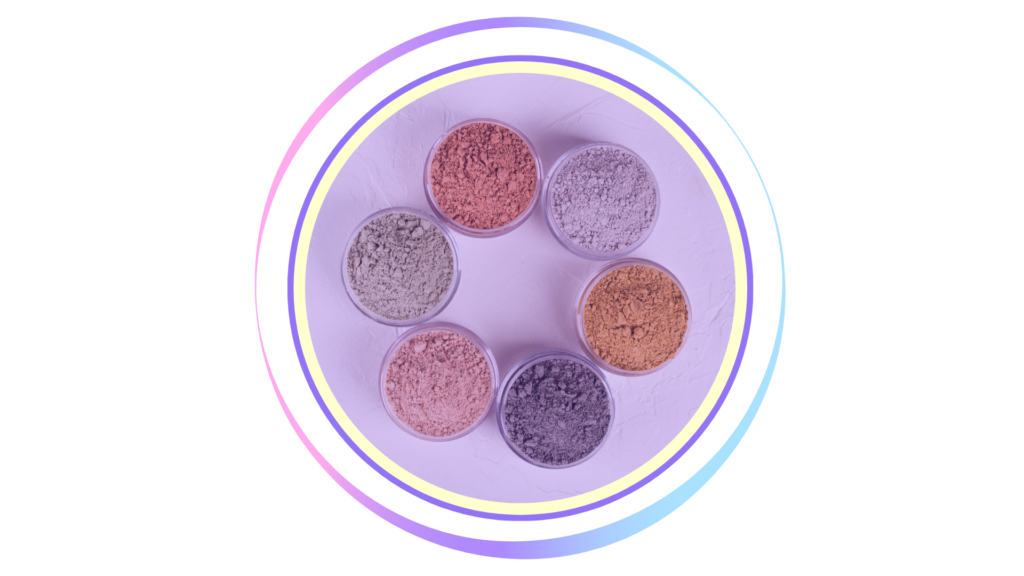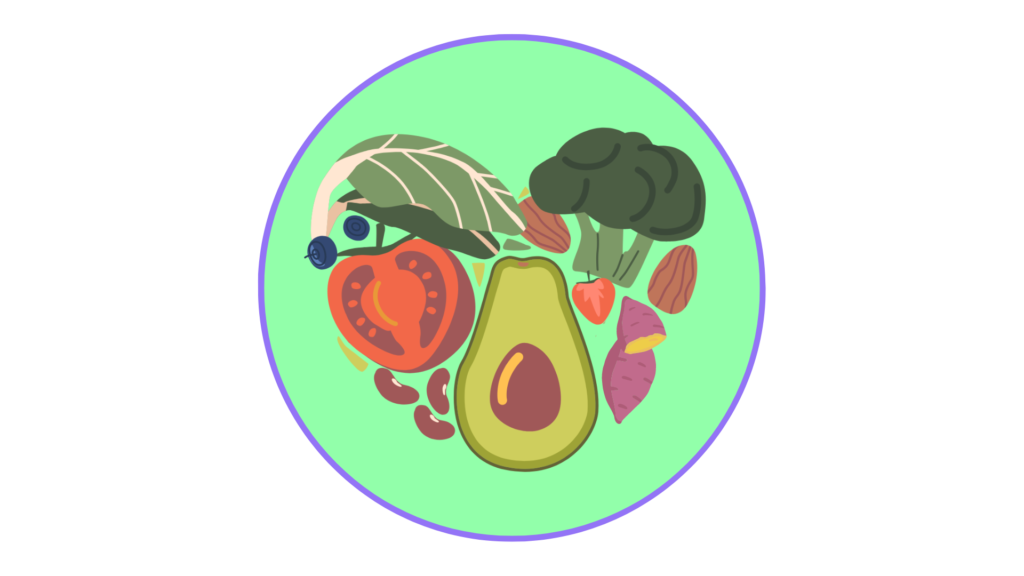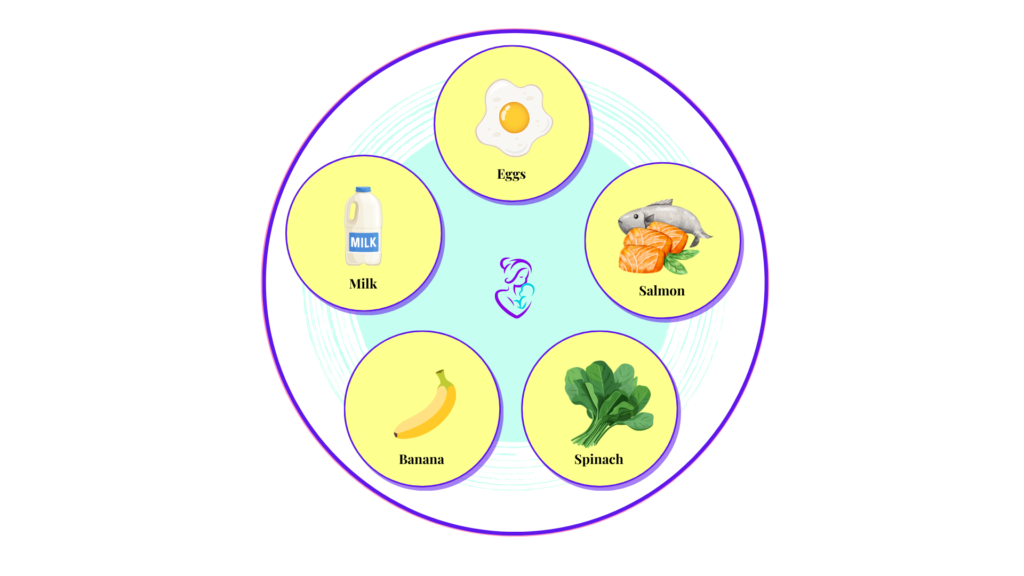The Urge to Eat Nonfood Items -PICA
Published : 03/06/2024
Last updated: 15/07/2024
I was fortunate enough that I did not suffer from pica during pregnancy. But I have heard a lot about it from my pregnant fellows and seen my nephew gone through pica.
You might be a victim of it, that’s why you are here. Let me assure you that you are at the right place. Do you know what is pica?
Pica is a condition where people feel a strong urge to eat non-food items. This can include things like dirt, ice, paint flakes, metal etc. It’s most common in pregnant women and children, but it can also affect people with intellectual disabilities.
It can be risky, as eating dangerous items can lead to serious health problems, may lead to poisoning. Though it is usually temporary in pregnant women and in children.
If you or your child can’t stop eating non-food items, see a doctor immediately. Treatment can prevent serious health issues.
What Do People with Pica Eat?
Largely pica has 2 categories, they have different names based on the non-food items people eat:
1. Pagophagia, which refers to eating ice and
2. Geophagia, which refers to eating dirt and clay.
Common items ingested by people (children and adults) with pica include:
• Dirt
• Paper
• Clay
• Animal feces
• Ice
• Paint chips
• Sand
• Hair
• Chalk
• Plants or grass
• Cigarette butts
• Rocks
• Toys (such as Lego bricks)
• Rubber bands
• Shampoo
• Cloth
• String
• Wool
• Talcum powder
• Gum
What Are the Causes of Pica?
Although the exact cause of pica is unknown, experts know that some conditions cause a person to be more at risk for developing pica.
These include:
• Developmental disorders
• Intellectual disabilities
• Autism spectrum disorder
• Mental health conditions, such as schizophrenia or obsessive-compulsive disorder.
• Those with malnutrition or who suffer from hunger, resulting in low levels of nutrients such as iron and zinc, which can trigger specific types of cravings.
• Stress, such as in kids who have been abused or neglected or those living in severe poverty.
• During pregnancy when, rarely, people crave dirt (which may be related to an iron deficiency).
Pica in Pregnancy
Pregnant people sometimes develop pica because they crave certain nutrients, like minerals found in dirt. Deficiencies in iron and zinc can cause these cravings. When the body lacks these essential nutrients, it may trigger unusual cravings for non-food items in an attempt to obtain them. This is why pregnant women might eat things like dirt, clay, or chalk, as their bodies are trying to make up for the nutrient shortfall. It’s important to address these deficiencies with proper nutrition and medical guidance to ensure the health of both the mother and the baby.
How Is Pica Diagnosed?
Pica isn’t diagnosed with specific lab tests. Instead, a healthcare provider starts by looking at a person’s medical history and information from family members, especially for children. Based on symptoms and what the person eats, further tests might be done, such as:
- Blood tests to check for anemia or low zinc or iron levels
- Stool samples to check for intestinal bleeding
- X-rays or other imaging tests to look for intestinal blockage
- Lead level tests if paint chips are eaten
- Tests for parasites or bacteria from eating dirt or other items
- Weight loss evaluation
- Tests for nutritional deficiencies
What are the complications associated with pica?
Eating certain non-food items can cause serious health problems, such as:
• Lead poisoning
• Parasitic infections
• Intestinal blockages
• Choking
How is pica treated?
Your doctor will start by treating any problems caused by eating non-food items. For example, if you have severe lead poisoning from eating paint chips, they may give you medication called chelation therapy. This medicine binds with lead so you can remove it from your body through urine. Your doctor might prescribe pills or give you chelation medicine through an IV, like EDTA.
If your pica is because of nutrient problems, your doctor may suggest vitamin or mineral supplements. For instance, they might recommend iron pills if you have iron deficiency anemia.
In the past, there hasn’t been much research on medicines for pica. But a study from 2000 showed that a simple multivitamin could help in some cases.
A Gentle Nudge from Mammas Journey
If at any point during your pregnancy you realize that you might have pica, visit your doctor. Although it is not harmful, it should be monitored.
In children and pregnant women, pica often goes away in a few months without treatment, especially if it’s due to a nutritional deficiency. However, in some cases, pica can persist for years, especially in individuals with intellectual disabilities.
Your doctor can provide more information about the outlook for your specific case and suggest ways to manage the condition.



